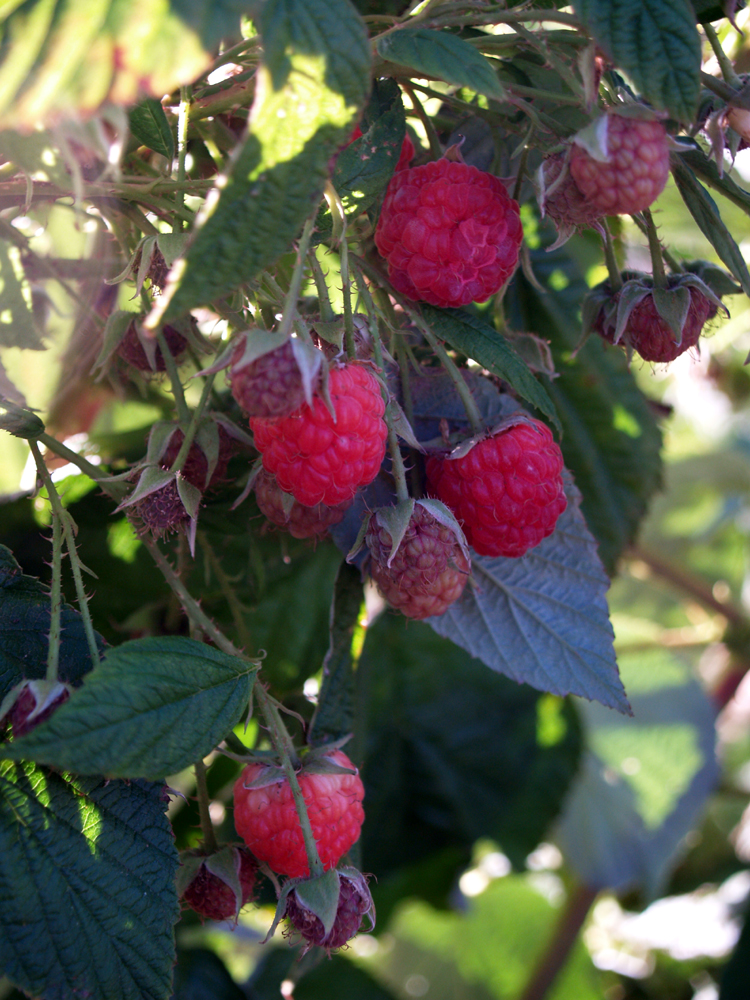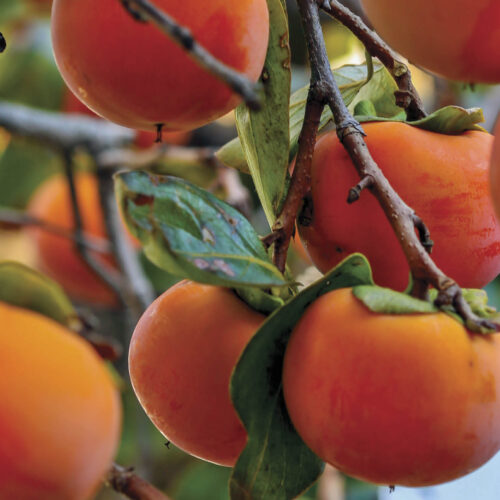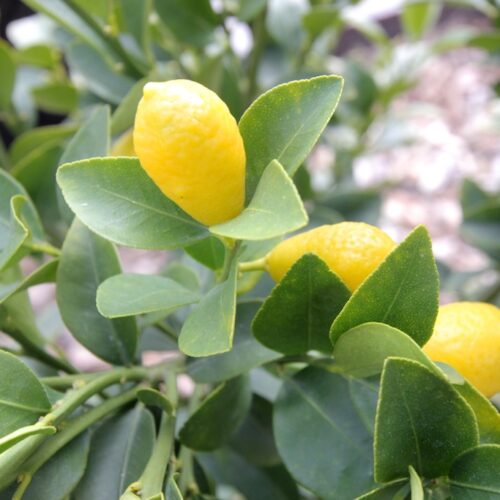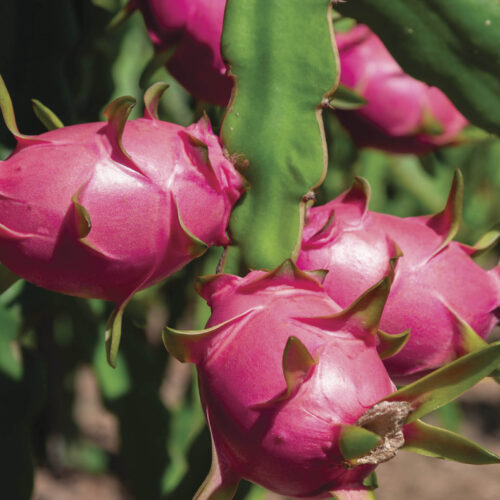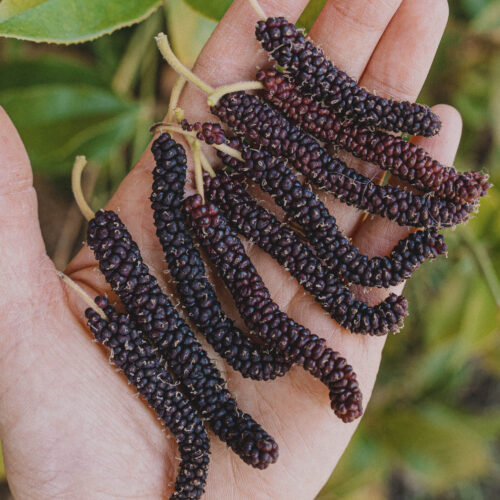Raspberry Maintenance
2011-06-22T00:24:14+10:00
For delicious home grown raspberries in summer and autumn, there's a list of routine jobs to do in your berry patch during winter. JUSTIN RUSSELL shows you how.
Raspberries are among the easiest and most productive plants that I grow in my garden. In fact, they’re so easy to grow that they can get a bit weedy, but this doesn’t make them low-maintenance. For maximum fruit production, there are a number of routine issues that need to be dealt with. For one, there’s the suckers. These pop up all around my raspberry trellises and unless I want to end up with a thicket of thorny canes, which I don’t, the suckers need to be pulled out a few times per year. It’s not difficult work, but it does need to be done. Then there’s the fertilising. This is optional, but raspberries love an annual top dressing of well rotted manure and the best time to apply it is during winter. The most important job of all if you want to get anything like a decent harvest from your plants, is pruning. For many new berry growers, pruning is a bit if a mystery, but once you get your head around the way raspberries grow, it’s pretty straightforward. The first step is to identify whether you’re growing autumn fruiting varieties or summer fruiting varieties. This is vital, because the two types are pruned differently. Autumn fruiting raspberries (such as Heritage and Autumn Bliss) wake up from their winter slumber, form canes over spring and summer, then flower and set fruit during autumn. Once the canes finish fruiting, they die. This means that pruning is a simple matter of cutting all the canes of autumn fruiting varieties back to ground level in winter. Most varieties are thorny little buggers, so you’ll need gloves, or you can do what some growers do and run a mower over your raspberry patch. Sounds drastic, but it’s quick and effective. Off with their heads! Summer fruiting raspberries (such as Willamette and Chilcotin) are trickier. They wake from their winter slumber, form what are called “primocanes” (primo meaning first) over the warmer months, then go dormant again in the following winter. The next spring, these primocanes become “floricanes”, which form flowers and hopefully, set masses of luscious fruit during summer. Pruning summer fruiting raspberries is a matter of cutting out all canes that have finished fruiting. They’ll usually be dead, or look close to death, but if you find identification difficult, it can help to mark spent canes with some white paint. Leave all the fresh primocanes in place, as they’ll produce next summer’s fruit. Make sense? The final tasks are to tie the primocanes to the trellis with some garden twine, top up the mulch, and you’re done. By December, you’ll be feasting on delicious home grown berries, wondering why anyone in a temperate climate would bother with the tasteless, frozen mush that pass for raspberries in the shops.

